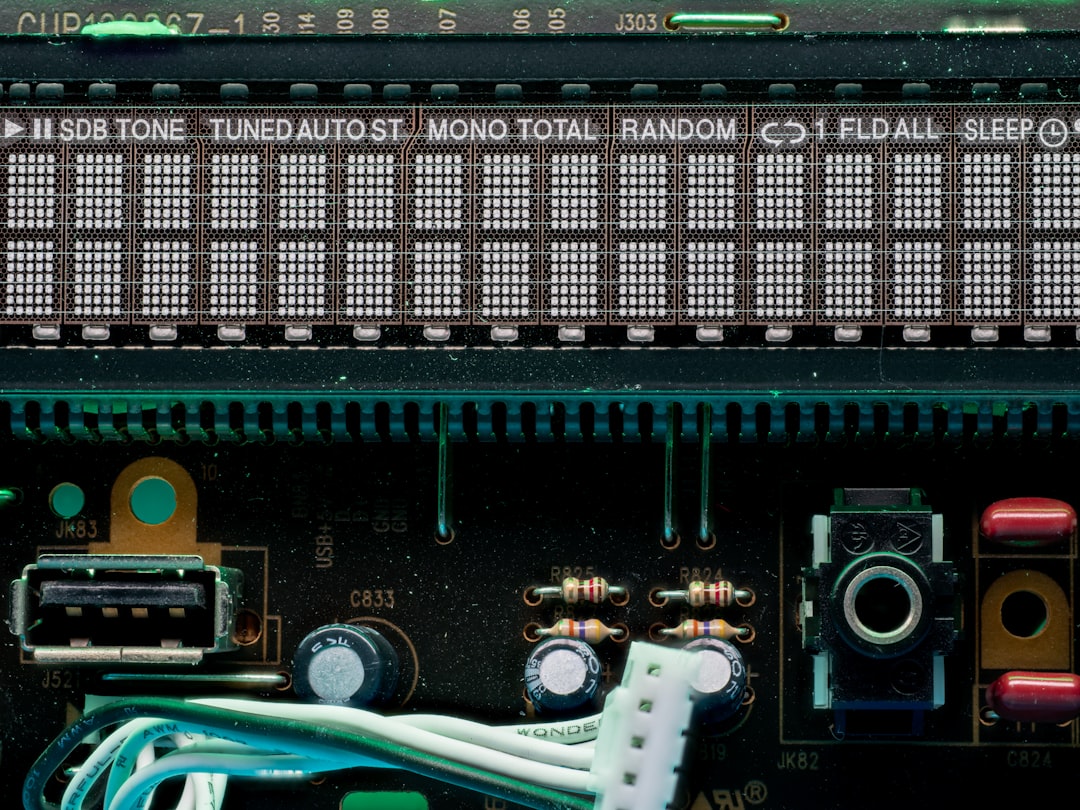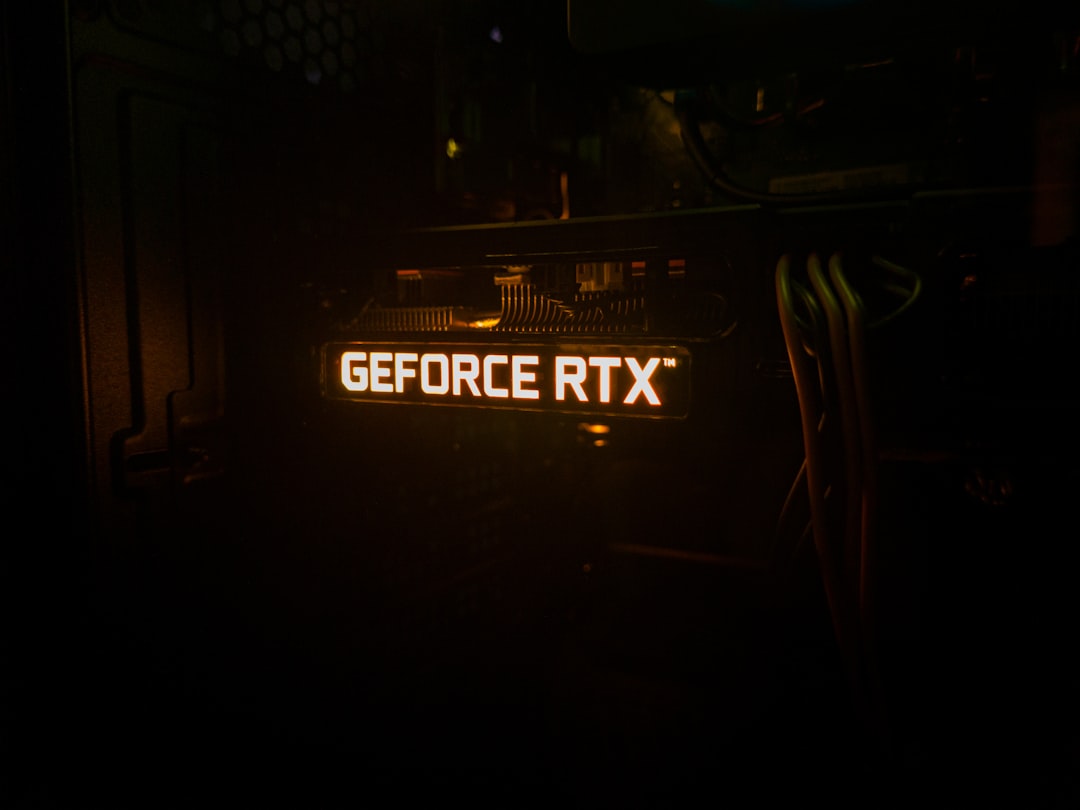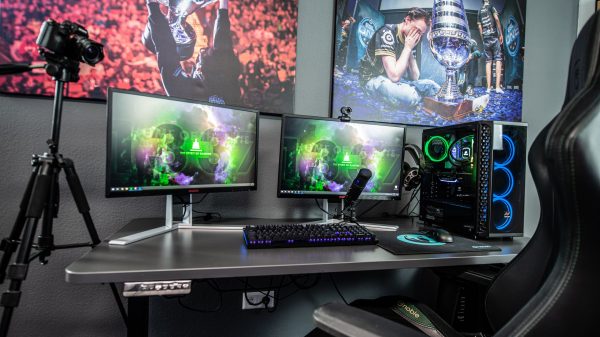When deciding whether to hold on to your NVIDIA GeForce GTX 1660 Ti or your GTX 1080, the answer isn’t always as straightforward as newer means better. While both cards are part of NVIDIA’s respected lineup, they target different segments and bring different strengths to the table. In this guide, we’ll compare them head-to-head, evaluating performance, architecture, power consumption, and value for current gaming needs.
TL;DR
If you have to choose between the GTX 1660 Ti and the GTX 1080, the GTX 1080 generally offers superior raw performance, especially in high-resolution or demanding gaming scenarios. However, the GTX 1660 Ti is more power-efficient, newer in architecture, and sufficient for 1080p gaming. If you value lower power draw and thermals, the 1660 Ti remains relevant; but if performance per watt isn’t a concern and you want better frame rates, keeping the GTX 1080 is the smarter choice.
1. Overview of the Two Graphics Cards
Before diving into direct comparisons, let’s briefly describe each GPU’s heritage and design goals:
- GTX 1080: Released in 2016, based on the Pascal architecture. At launch, it was NVIDIA’s flagship consumer GPU designed for high-end gaming at 1440p or even 4K.
- GTX 1660 Ti: Released in 2019, built on the newer Turing architecture, though without RT cores for ray tracing. It targets budget-conscious gamers looking for strong 1080p performance without breaking the bank.
Despite the newer architecture, the 1660 Ti is intentionally positioned below the 1080 in the GPU hierarchy. But architecture advances do give it some advantages.
2. Technical Specifications Comparison
Let’s break down the key spec differences between the two cards to understand where each shines.
| Feature | GTX 1080 | GTX 1660 Ti |
|---|---|---|
| Architecture | Pascal (16nm) | Turing (12nm) |
| CUDA Cores | 2560 | 1536 |
| Base/Boost Clock | 1607 / 1733 MHz | 1500 / 1770 MHz |
| VRAM | 8GB GDDR5X | 6GB GDDR6 |
| Memory Bandwidth | 320 GB/s | 288 GB/s |
| Power Consumption (TDP) | 180W | 120W |
Clearly, the GTX 1080 remains the more powerful card, especially in terms of core count and bandwidth. However, the newer GDDR6 memory on the 1660 Ti offers better efficiency and potentially closer performance than you’d first assume.
3. Gaming Performance
In real-world gaming scenarios, the GTX 1080 generally leads across every resolution. It was built for higher-end gaming and it shows when pushing demanding titles on ultra settings.
- 1080p: Both cards perform admirably, but the GTX 1080 still gets 10-20% higher frame rates on average in AAA titles.
- 1440p: The GTX 1080 begins to pull away significantly. Many newer games drop below 60fps on the 1660 Ti without compromises.
- 4K: The GTX 1080 can handle 4K gaming with medium settings in older or less demanding titles. The 1660 Ti struggles heavily here.
So if you’re gaming beyond 1080p or want to future-proof a bit longer, the 1080 is objectively superior in raw performance.

4. Power Efficiency and Thermals
One area where the GTX 1660 Ti clearly outperforms is in power efficiency. With a TDP of just 120W, it runs cooler and uses significantly less power compared to the 180W TDP of the GTX 1080. This becomes crucial if you’re working with a small form factor PC or are sensitive to noise and heat levels.
Additionally, the lower power draw could extend the lifespan of other components in your system due to reduced thermal stress, particularly if you’re in a region that experiences high ambient temperatures.
5. Ray Tracing and DLSS
Neither the GTX 1080 nor the GTX 1660 Ti have dedicated ray tracing or Tensor cores. Technically, NVIDIA has enabled some software-level ray tracing support for these GPUs via driver updates, but performance is often unplayable. Similarly, DLSS (deep learning super sampling) is not supported on either GPU due to hardware limitations.
If you want to experience NVIDIA’s RTX features, you’ll need to look at RTX 20-series cards or newer. In that respect, both the GTX 1080 and 1660 Ti are behind today’s standards, though this may not matter if you’re content with conventional rasterized rendering.
6. Price and Availability
Neither card is actively produced anymore, meaning you’re limited to the used market. Prices can fluctuate based on supply and demand, but as of early 2024:
- GTX 1080: Around $130–$190 depending on condition
- GTX 1660 Ti: Usually falls in the $90–$140 range
Given that difference, the 1660 Ti offers better value in some conditions, particularly for budget-focused users who strictly play esports or less demanding games.

7. Long-Term Viability and Driver Support
Because the GTX 1660 Ti is based on a newer architecture, it may get driver updates and optimizations longer than the GTX 1080. This doesn’t mean that the 1080 will suddenly stop working, but newer games may benefit more over time from optimizations tailored to the Turing architecture.
Still, both GPUs are several years old now, and mainstream support is beginning to fade as games increasingly demand more VRAM and better feature support like DX12 Ultimate and variable rate shading, features neither of these GPUs handle well.
8. Best Use Case for Each GPU
If you’re wondering which card to keep based on your situation, here’s a quick guide:
- Keep the GTX 1080 if: You play graphically demanding modern titles, game at 1440p or higher, and prioritize maximum performance regardless of power draw. It’s still a very capable card in 2024 for most tasks.
- Keep the GTX 1660 Ti if: You prioritize efficiency, use a system with a weaker PSU, favor quiet thermal profiles, or mostly play competitive titles like CS:GO, Valorant, or Dota 2 at 1080p.
In general, the 1660 Ti is the better choice for compact builds or casual gaming, whereas the GTX 1080 has more headroom for heavier workloads and multitasking such as streaming or light content creation.
Conclusion: Which One Should You Keep?
The final verdict: keep the GTX 1080 unless power consumption or thermal constraints require a more efficient alternative. It’s still faster in the vast majority of real-world uses, especially in games released post-2019. With more VRAM, higher bandwidth, and superior raw performance, it remains relevant for mid- to high-end gaming in 2024.
That said, if you’re working with a more modest setup or don’t need higher resolutions or frame rates, the GTX 1660 Ti is still a solid card that won’t disappoint in less demanding environments.
Ultimately, your choice should align with your computing needs, preferred games, and expectations for visual fidelity. Both cards have their merits — just ensure your decision aligns with your specific needs


































